Between 100 percent tariffs and now an impending ban on software, it's clear that America's auto industry is more than a little worried about having its lunch eaten by heavily subsidized Chinese car makers. But it's far from the first time that the suits in Detroit have seen storm clouds arriving from far-off lands.
In 1957, Detroit automakers' dominance of the US market seemed unbeatable. Smaller, independent American automakers Studebaker, Packard, Nash, Hudson, Kaiser, and Willys-Overland underwent various mergers to match the might of General Motors, Ford, and Chrysler to little avail.
Yet America's Big Three faced a small but growing problem: foreign automakers.
The fastest-growing? Volkswagen. Inordinately popular worldwide, the automaker sold its millionth car in 1957, of which 36,000 were sold in the United States, making it the automaker's largest export market. Ironically, the problem was of Detroit's making. The Big Three had been offered the bombed-out remnants of Volkswagen for free seven years earlier. Their attitude was summarized by Ernie Breech, Ford's newly appointed chairman of the board, who told Henry Ford II in 1948, "I don't think what we're being offered here is worth a dime."
The automaker Ford spurned was among a flood of increasingly popular imported small cars. While Ford held 31 percent of the US market, it had nothing to counter the Volkswagen Beetle or other Lilliputian imports like the Renault Dauphine. An internal Ford report cited the surprising trend.
Surprising? Yes.
Independent American automakers had tried selling smaller cars. And while the 1950 Nash Rambler and 1953 Nash Metropolitan proved popular, other attempts, like the 1951 Kaiser Henry J and the 1953 Hudson Jet, flopped disastrously. So, it seemed that Americans didn't like small cars.
More accurately, they didn't like the small cars American automakers offered. They did like the ones being imported from Europe. New foreign car registrations in the US ballooned from 12,000 units in 1949 to 207,000 by 1957 and were projected to reach 625,000 by 1961 before falling to 495,000 in 1963. By 1959, even Studebaker noticed and launched the compact Lark. Its sales proved popular enough to reverse its slow slide to oblivion momentarily.
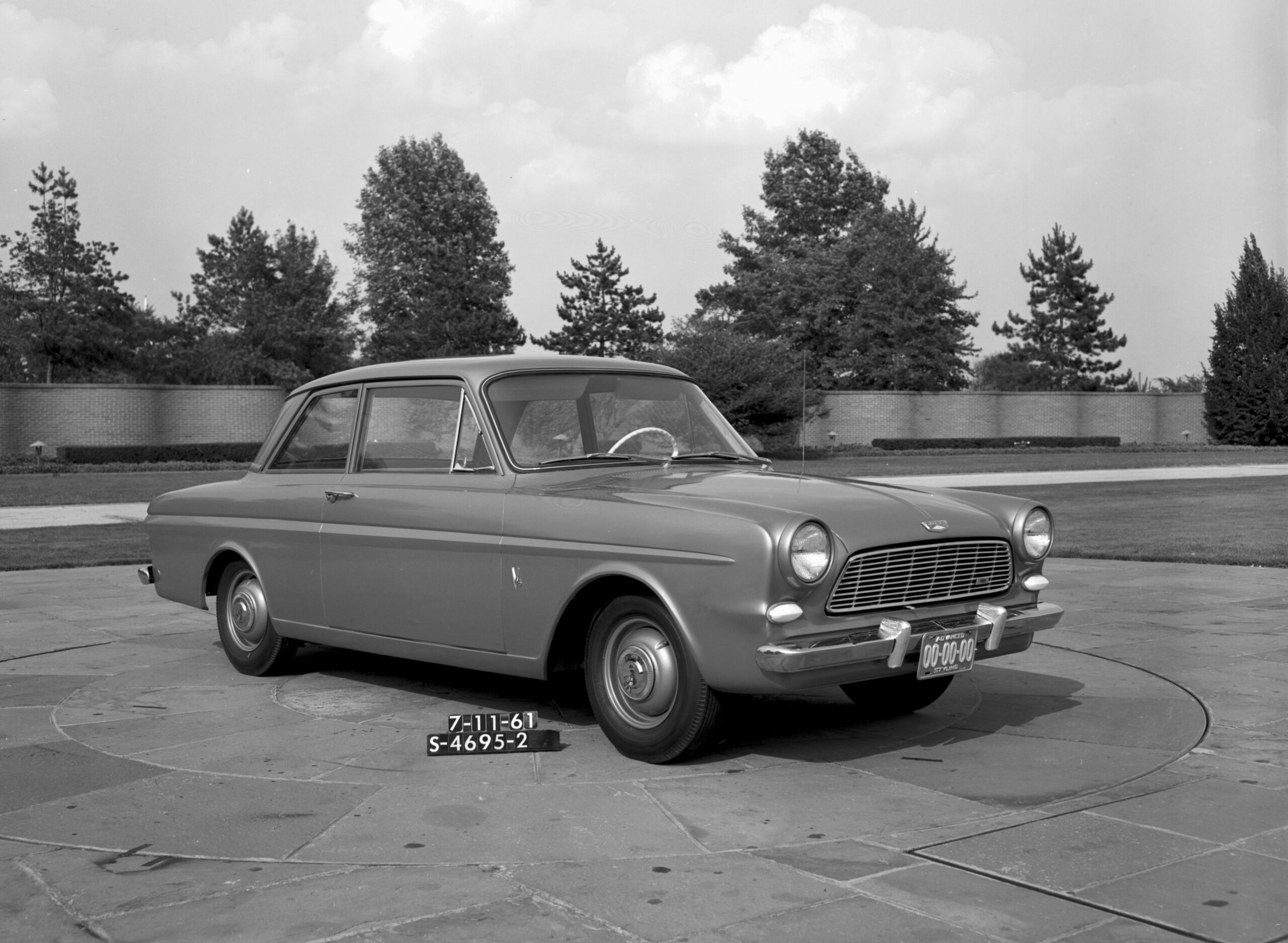
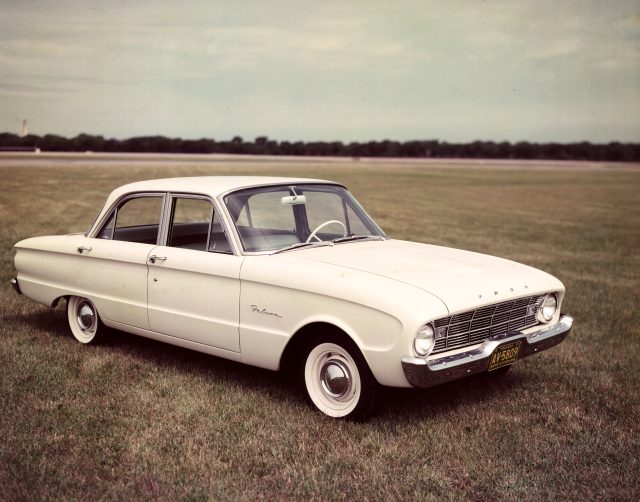
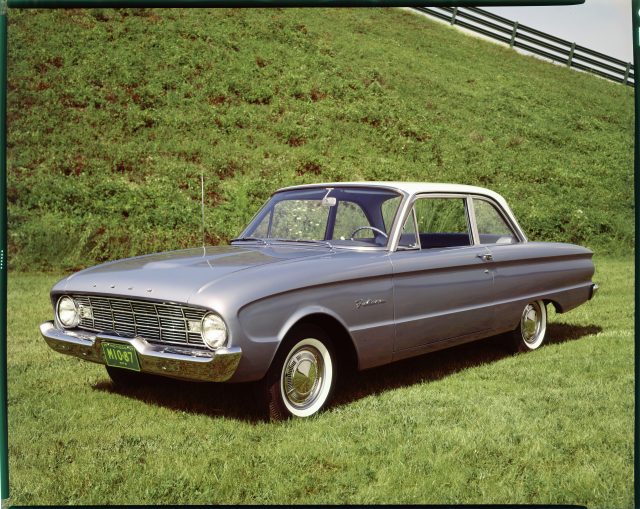
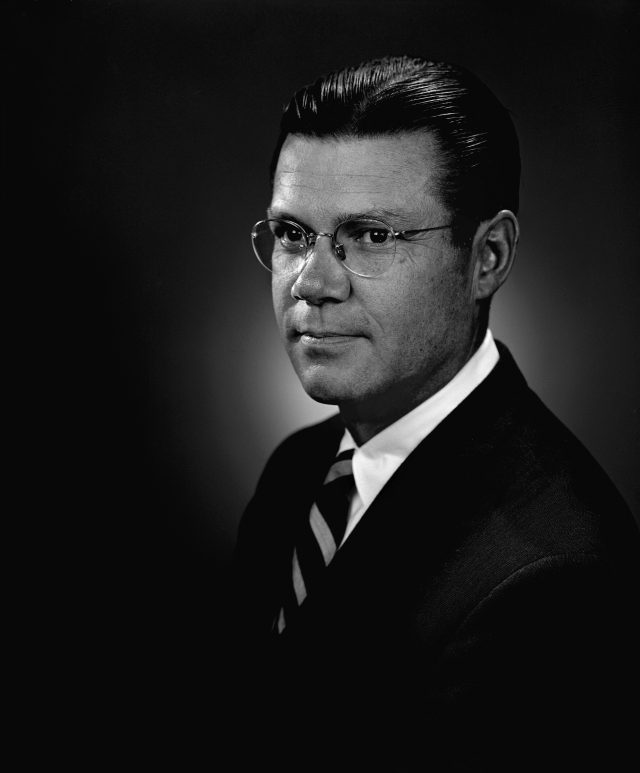
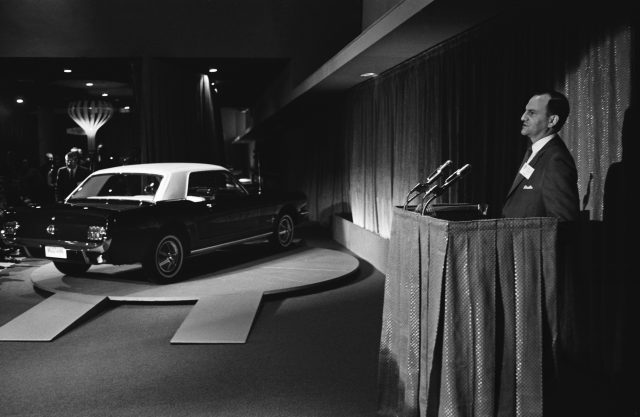



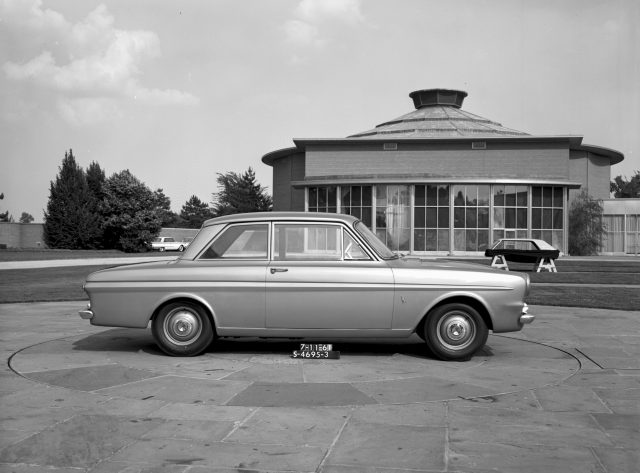
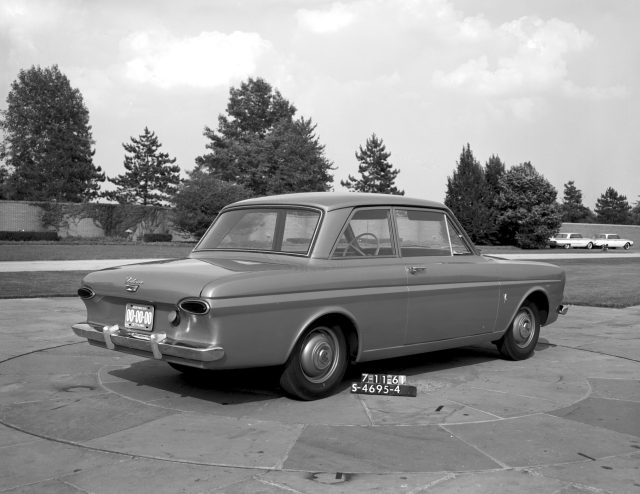
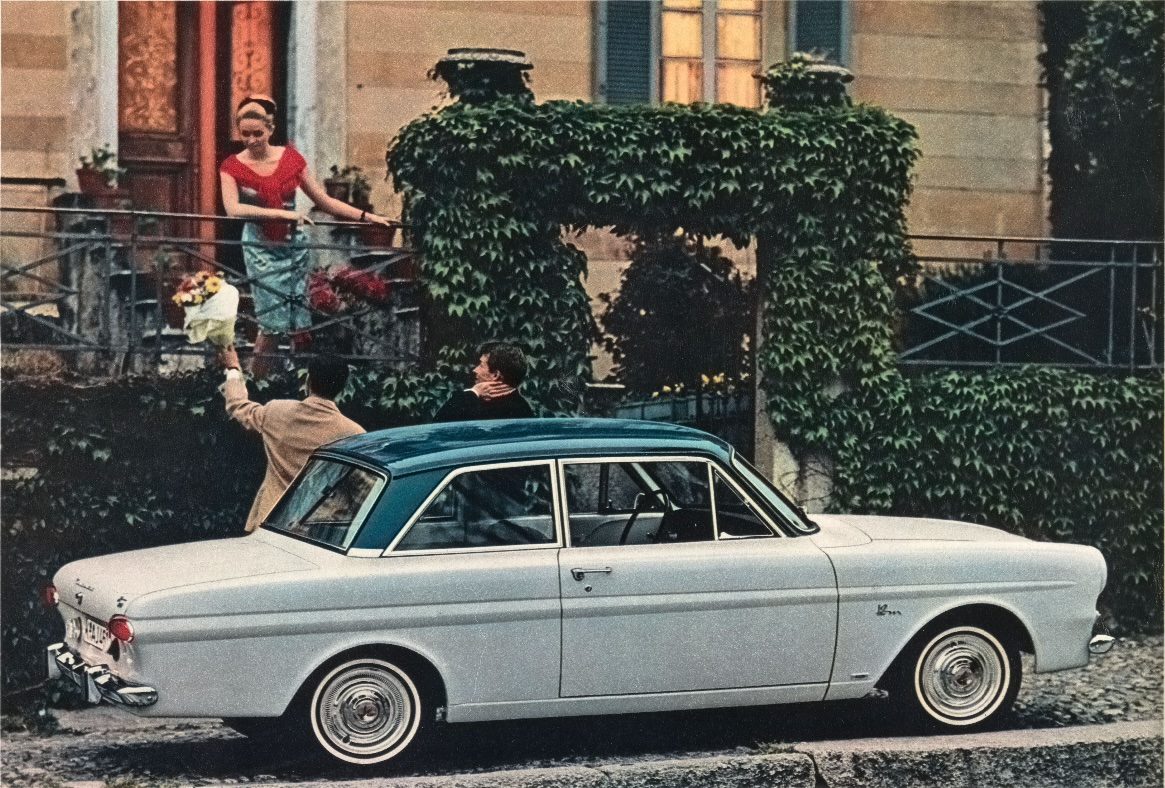
 Loading comments...
Loading comments...
